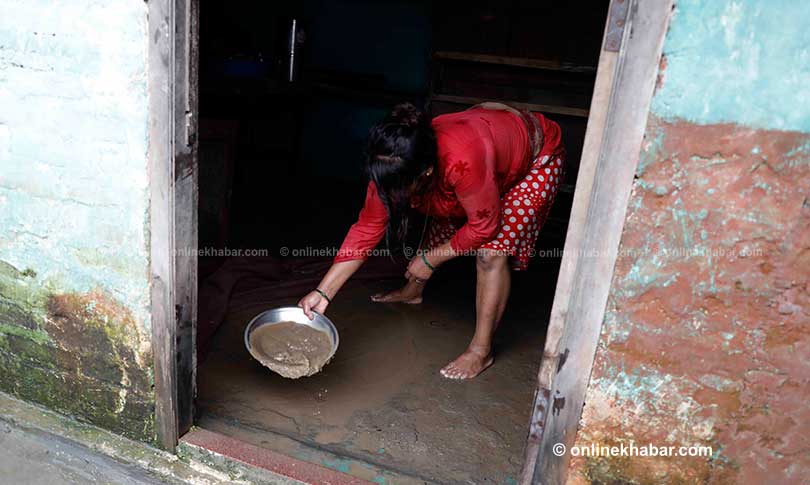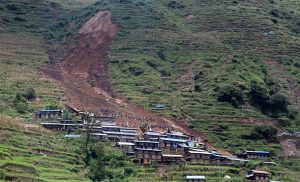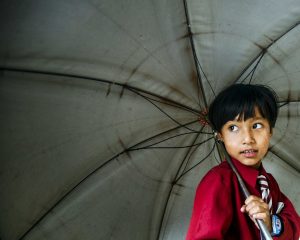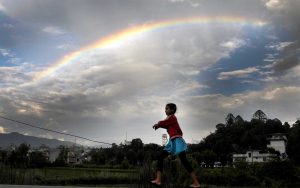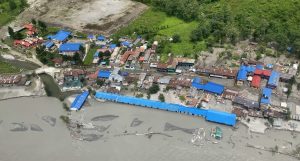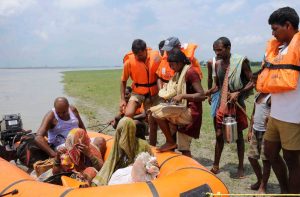Sudikshya Chhetri had a fever and frequent loose, watery bowel movements a week ago. A nurse herself, Chhetri was afraid she might have contracted Covid-19.
“As the lockdown eased a bit, I, along with some of my colleagues, had gone for lunch in a nearby restaurant. A day after that, I suffered from loose motion and fever,” the 24-year-old recalls, “Then, I immediately thought it was the coronavirus as the symptoms matched.”
Chhetri narrated all this to her senior colleague who had later her antigen test done for the virus. “I tested negative, and apparently, I was cured by normal diarrhoea medication. The fear of coronavirus has got on all our heads that we could not think of any other illness in the beginning.”
As the pandemic is haunting the globe, Nepal’s health system is also concentrated on curbing Covid-19. Just like Chhetri, many people and health workers are worried only about contracting it while undermining the increasing risk of other health problems such as waterborne diseases during the monsoon, suggest public health experts.
Meanwhile, they also opine that while keeping control of the Covid-19 pandemic should be a priority, people suffering other health problems such as waterborne diseases also should have easy access to immediate treatment.
Assessing the risk
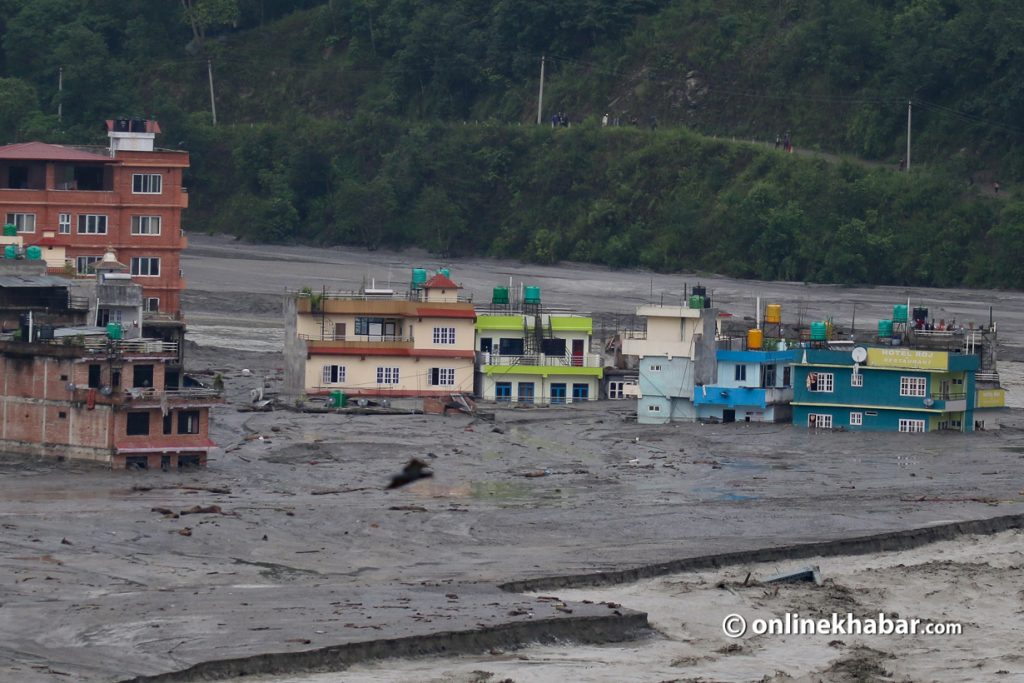
Infectious disease expert Dr Anup Subedee informs that in normal circumstances also, there is an increase in the number of cases of waterborne diseases in pre-monsoon and monsoon seasons, especially in the areas affected by floods and landslides. Hence, it is obvious that the risk remains intact during the pandemic also.
Nonetheless, this time, the situation is different, meaning most people are inside the home, following safety precautions such as washing and sanitising hands time and again, maintaining physical distance and all. “That is why I think there will not be a huge risk like it used to be in the past years,” reckons Subedee.
However, another infectious disease expert Dr Sher Bahadur Pun thinks otherwise. He feels people are prone to waterborne illness and other communicable diseases as prohibitory orders have eased and the movement and activities of people outside their homes have increased. Thus, there is the possibility that these activities, especially eating outside will also increase their exposure to the diseases as in Chhetri’s case.
“Some cases of diarrhoea, typhoid, leptospirosis are also seen. A person having a fever immediately fears Covid-19 and therefore does PCR test and results negative. Many even do double testing,” he reports, “However, they are cured by simple antibiotics. All these showcases that the waterborne diseases and other communicable diseases that usually are seen in the pre-monsoon and monsoon seasons are there.”
Meanwhile, both experts warn that people are more vulnerable to waterborne disease in the areas affected by flood and landslides and where there is inadequate and poor drinking water and sanitation facilities.
Different possibilities
If that is the case, why are the many cases reported this time, forcing the health system to just ignore it? Subedee asserts that there might be two possibilities.
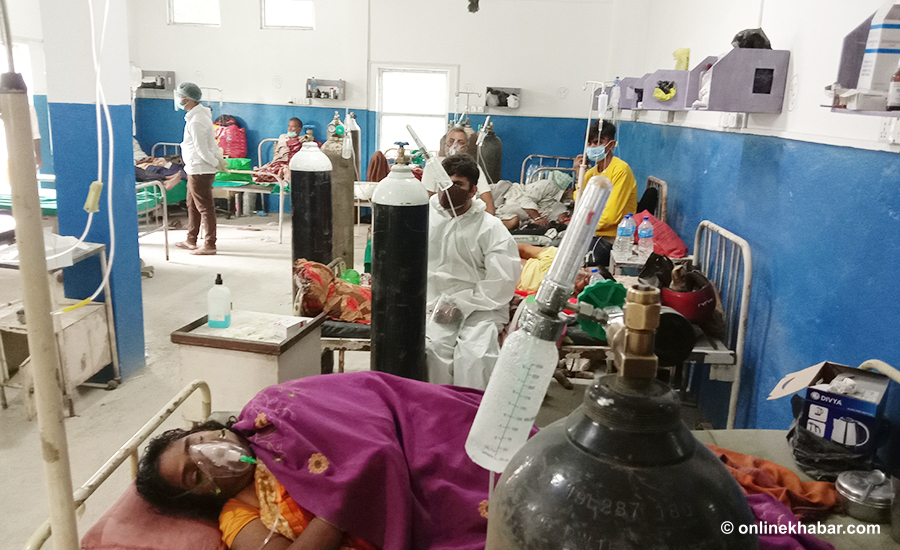
“Probably, people having waterborne diseases and other infections, however, are restricted from reaching the health facilities for the test and treatment citing various restrictions on transportation and also the fear of contracting coronavirus,” he continues, “Or, the cases of waterborne diseases might have really decreased as many people are abiding by the safety measures and precautions such as washing hands, sanitising hands, not making any physical contact and others.”
As most waterborne diseases are preventable diseases, people can be safe from this by following simple personal hygiene. Meanwhile, during the pandemic, the diagnosis of other health problems always happen less and also patients of other diseases also do not get proper treatment and attention, according to Subedee.
But, as waterborne diseases have symptoms overlapping with those of Covid-19, people are more concerned about undergoing PCR tests time and again, rather than thinking of the possibility of having other diseases due to the fear of Covid-19, informs Pun.
He adds, “This is why other communicable diseases that are seen during monsoon are being left out. Thus, patients are suffering more as the diagnosis and treatment will be late.”
Need for the easy access
In addition, Subedee shares, “In the places where people have general awareness regarding hygiene and preventive measures of such diseases and where there is proper management, this type of disease is entirely preventable and hence not seen. Unfortunately, in our country, still, such cases are seen; many people, especially children, are still losing their lives to these diseases which itself is a huge disgrace.”

According to the Nepal Burden of Disease country report based on the Global Burden of Disease 2017 study, 5.6 per cent of total deaths happen due to diarrheal diseases in Nepal.
But, while saying so, during this pandemic, when thousands of people are succumbing to the coronavirus, people are deprived of testing, there is a scarcity of health workers, and hence, combating the pandemic should be prioritised, views Subedee.
Meanwhile, he adds that there also should be proper management for providing easy access to testing and treatment of all other illnesses including waterborne diseases in every part of the country by the authorities and other stakeholders.
Additionally, Pun suggests waterborne diseases and other communicable illnesses, which are seen every year also need immediate attention as it is easier to prevent these diseases when diagnosed and treated early.
At the same time, all the general public and health workers should also think of the possibility of contracting other communicable diseases. Plus, stakeholders should also manage all the health facilities for treating these illnesses, they say.



